Procainamide hydrochloride
Synonym(s):Procainamide hydrochloride;Pronestyl;Pronestyl hydrochloride;Spicain amide;Procainamide monohydrochloride
- CAS NO.:614-39-1
- Empirical Formula: C13H22ClN3O
- Molecular Weight: 271.79
- MDL number: MFCD00012998
- EINECS: 210-381-7
- SAFETY DATA SHEET (SDS)
- Update Date: 2024-12-18 14:08:57

What is Procainamide hydrochloride?
Description
Procainamide (hydrochloride) (Item No. 24359) is an analytical reference standard categorized as a local anesthetic. This product is intended for research and forensic applications.
Chemical properties
White to slightly yellow powder
The Uses of Procainamide hydrochloride
Class I antiarrhythmic
The Uses of Procainamide hydrochloride
Procainamide hydrochloride (PAH) is suitable to investigate its binding behavior with human serum albumin and bovine serum albumin by fluorescence quenching study to understand the pharmacokinetic and pharmacodynamic mechanisms of PAH.
The Uses of Procainamide hydrochloride
These Secondary Standards are qualified as Certified Reference Materials. These are suitable for use in several analytical applications including but not limited to pharma release testing, pharma method development for qualitative and quantitative analyses, food and beverage quality control testing, and other calibration requirements.
What are the applications of Application
Procainamide hydrochloride is a Na+ channel blocker and Dnmt inhibitor
Definition
ChEBI: A hydrochloride which has procainamide as the amino component.
General Description
Procainamide hydrochloride,p-amino-N-[2-(diethylamino)ethyl]benzamidemonohydrochloride, procainamidium chloride (Pronestyl,Procan SR), has emerged as a major antiarrhythmic drug. Itwas developed in the course of research for compoundsstructurally similar to procaine, which had limited effectas an antiarrhythmic agent because of its central nervoussystem (CNS) side effects and short-lived action causedby rapid hydrolysis of its ester linkage by plasma esterases.Because of its amide structure, procainamide hydrochlorideis also more stable in water than is procaine. Aqueoussolutions of procainamide hydrochloride have a pH ofabout 5.5. A kinetic study of the acid-catalyzed hydrolysisof procainamide hydrochloride showed it to be unusuallystable to hydrolysis in the pH range 2 to 7, even at elevatedtemperatures.
Biochem/physiol Actions
Procainamide hydrochloride is a sodium channel blocker and Class IA anti-arrhythmic. It has also been shown to Inhibit DNA methyltransferase and modulate epigenetic regulation of gene expression.
Clinical Use
Procainamide hydrochloride is metabolized through theaction of N-acetyltransferase. The product of enzymaticmetabolism of procainamide hydrochloride is N-acetylprocainamide(NAPA), which possesses only 25% of the activityof the parent compound.26 A study of the disposition ofprocainamide hydrochloride showed that 50% of the drugwas excreted unchanged in the urine, with 7% to 24% recoveredas NAPA.28,29 Unlike quinidine, procainamide hydrochlorideis bound only minimally to plasma proteins.Between 75% and 95% of the drug is absorbed from the gastrointestinaltract. Plasma levels appear 20 to 30 minutesafter administration and peak in about 1 hour.30Procainamide hydrochloride appears to have all of theelectrophysiological effects of quinidine. It diminishesautomaticity, decreases conduction velocity, and increasesaction potential duration and, thereby, the refractory periodof myocardial tissue. Clinicians have favored the use of procainamidehydrochloride for ventricular tachycardias andquinidine for atrial arrhythmias, even though the two drugsare effective in either type of disorder.
Veterinary Drugs and Treatments
Procainamide potentially may be useful for the treatment of ventricular premature complexes (VPC’s), ventricular tachycardia, or supraventricular tachycardia associated with Wolff-Parkinson- White (WPW) syndrome with wide QRS complexes. Higher doses may be beneficial in the treatment of supraventricular tachycardias, although procainamide cannot be considered a first-line agent for this dysrhythmia.
Properties of Procainamide hydrochloride
| Melting point: | 165-168 °C |
| Density | 1.2027 (rough estimate) |
| refractive index | 1.6330 (estimate) |
| storage temp. | 2-8°C |
| solubility | H2O: soluble1g/10 mL, clear, greenish-yellow |
| form | Powder |
| color | White to slightly yellow |
| Water Solubility | soluble |
| Sensitive | Light Sensitive/Air Sensitive |
| Merck | 13,7845 |
| BRN | 3729517 |
| CAS DataBase Reference | 614-39-1(CAS DataBase Reference) |
| EPA Substance Registry System | Benzamide, 4-amino-N-[2-(diethylamino)ethyl]-, monohydrochloride (614-39-1) |
Safety information for Procainamide hydrochloride
| Signal word | Warning |
| Pictogram(s) |
 Exclamation Mark Irritant GHS07 |
| GHS Hazard Statements |
H302:Acute toxicity,oral H315:Skin corrosion/irritation H319:Serious eye damage/eye irritation H335:Specific target organ toxicity, single exposure;Respiratory tract irritation |
| Precautionary Statement Codes |
P261:Avoid breathing dust/fume/gas/mist/vapours/spray. P264:Wash hands thoroughly after handling. P264:Wash skin thouroughly after handling. P270:Do not eat, drink or smoke when using this product. P301+P312:IF SWALLOWED: call a POISON CENTER or doctor/physician IF you feel unwell. P302+P352:IF ON SKIN: wash with plenty of soap and water. P305+P351+P338:IF IN EYES: Rinse cautiously with water for several minutes. Remove contact lenses, if present and easy to do. Continuerinsing. |
Computed Descriptors for Procainamide hydrochloride
Procainamide hydrochloride manufacturer
Gland Pharma Ltd
Biophore India Pharmaceuticals Pvt Ltd
New Products
(S)-3-Aminobutanenitrile hydrochloride 4-Methylphenylacetic acid N-Boc-D-alaninol N-BOC-D/L-ALANINOL Tert-butyl bis(2-chloroethyl)carbamate 3-Morpholino-1-(4-nitrophenyl)-5,6-dihydropyridin- 2(1H)-one Furan-2,5-Dicarboxylic Acid Tropic acid 1-Bromo-3,5-Di-Tert-Butylbenzene S-2-CHLORO PROPIONIC ACID ETHYL ISOCYANOACETATE 2-Bromo-1,3-Bis(Dimethylamino)Trimethinium Hexafluorophosphate 4-IODO BENZOIC ACID 3-NITRO-2-METHYL ANILINE 1-(2,4-DICHLOROPHENYL) ETHANAMINE (2-Hydroxyphenyl)acetonitrile 4-Bromopyrazole 2-(Cyanocyclohexyl)acetic acid 4-methoxy-3,5-dinitropyridine 1-(4-(aminomethyl)benzyl)urea hydrochloride 2-aminopropyl benzoate hydrochloride diethyl 2-(2-((tertbutoxycarbonyl)amino) ethyl)malonate tert-butyl 4- (ureidomethyl)benzylcarbamate Ethyl-2-chloro((4-methoxyphenyl)hydrazono)acetateRelated products of tetrahydrofuran

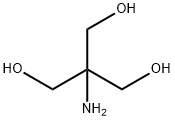
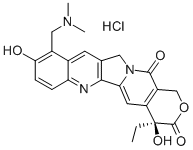
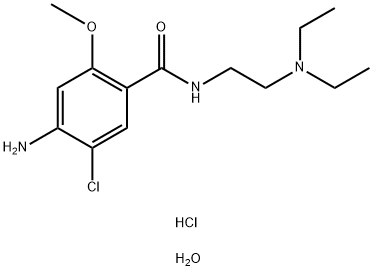
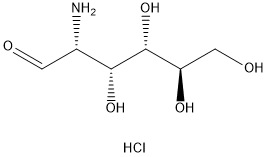

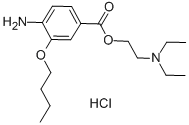
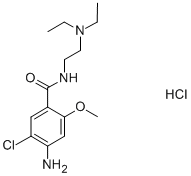
You may like
-
 Procainamide HCl 98% (HPLC) CAS 614-39-1View Details
Procainamide HCl 98% (HPLC) CAS 614-39-1View Details
614-39-1 -
 Procainamide HCl 95% CAS 614-39-1View Details
Procainamide HCl 95% CAS 614-39-1View Details
614-39-1 -
 Procainamide hydrochloride CAS 614-39-1View Details
Procainamide hydrochloride CAS 614-39-1View Details
614-39-1 -
 Procainamide hydrochloride CAS 614-39-1View Details
Procainamide hydrochloride CAS 614-39-1View Details
614-39-1 -
 Procainamide hydrochloride CAS 614-39-1View Details
Procainamide hydrochloride CAS 614-39-1View Details
614-39-1 -
 614-39-1 Procainamide hydrochloride 98%View Details
614-39-1 Procainamide hydrochloride 98%View Details
614-39-1 -
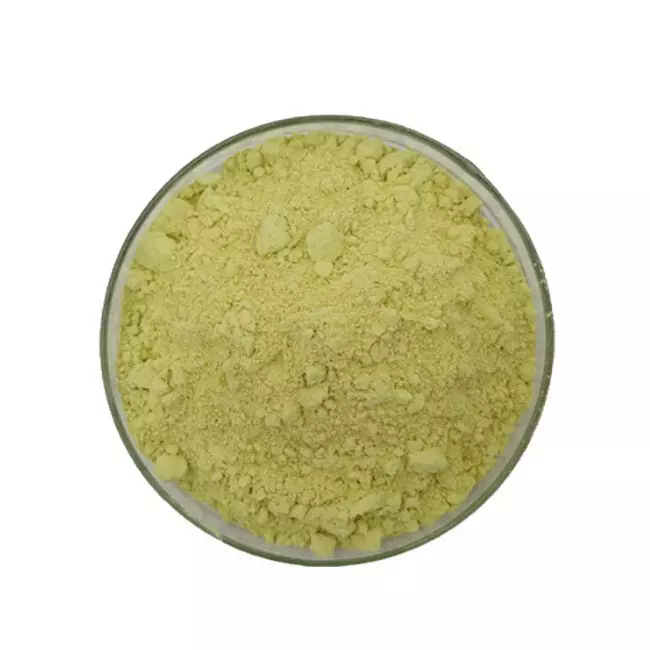 614-39-1 98%View Details
614-39-1 98%View Details
614-39-1 -
 118753-70-1 98+View Details
118753-70-1 98+View Details
118753-70-1